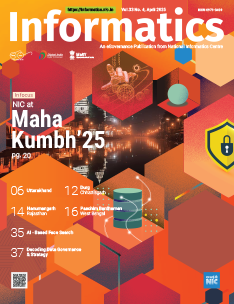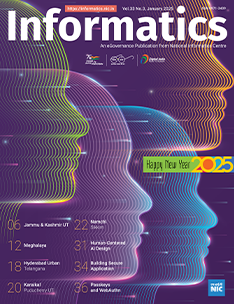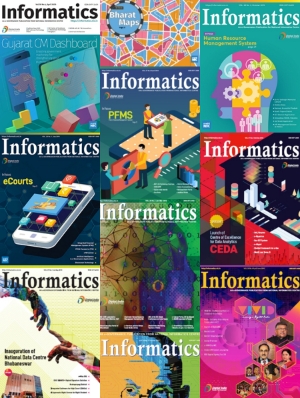Training Workshop on Strategy Plan for Sharing Data from Digitized Application of Various Ministries for e-Nivesh at Cabinet Secretariat, New Delhi
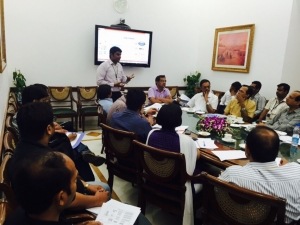
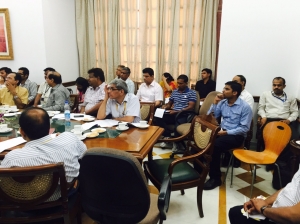
“e-Nivesh is a Single window system for monitoring of setting up business/projects in India. It aims at operationalizing a transparent, efficient and convenient interface, through which the government and businesses can interact for investment related projects. It has been configured to provide timely and cost-effective facilitation of investment which will improve the business environment in the country by enabling fast and efficient access to Government-to-Business (G2B) services. The services/clearances incorporated in this portal have time limits at intermediate stages of processing which can be tracked to watch the status of the case. This National portal is envisaged to provide the project proponent/entrepreneur with all requisite information under one umbrella, which will reduce delays in various regulatory processes. This portal is designed to facilitate an investor-friendly business environment in India by making all regulatory services – starting from the establishment of a business, through its ongoing operations - easily available to the various stakeholders concerned”
In this context, a Training workshop on Strategy Plan for Sharing Data from Digitized Application of Various Ministries for e-Nivesh, National Portal for Monitoring Investment Clearances held at Conference Room, Cabinet Secretariat, New Delhi on 24th April 2015. The workshop chaired by Dr. V.P Joy, Joint Secretary, Cabinet Secretariat, New Delhi.
Workshop started at 2:00 PM at Conference room where Dr. V.P Joy, Joint Secretary gave the welcome address. Mr. Vinod Kumar J, Scientist B, Cabinet Secretariat Informatics Division, Cabinet Secretariat explained the technical insight of the e-Nivesh portal of Govt. of India, followed by the presentation for the participants where he explained the objective of the portal and gave the detailed about of its working and component. He also explained about the various details like Software, Services, Status, Section/Category and Data Field details which are required from the Ministry/Departments.
Web services and its creation was also explained and discussed in detail for various services for clearance. He also explained about web service specification which is required for integration of their respective clearances with e-Nivesh. He talked about the Web Service Security so that this service can communicate with the e-Nivesh Portal in secure manner.
Then Mr. Vinod Kumar gave the complete demonstration about the working of the portal regarding the services. During the demo the real names examples were used to better connect with the participants. Then a real time service example of Forest Clearance Web services was discussed to give them the better insight of clearance portal. He also gave the full demonstration of Sample Web Service using PHP, Java and .Net Technologies.
For the purpose of queries raised by the participants, He had taken a participants queries & doubts separately at 4:30 PM. After this, the day was called closed with a vote of thanks to all the participants from different Ministries/Departments.
In the workshop, officials of following Services from various ministries/departments/agencies with their Technical/Development team were present:
|
S. No. |
Permission / Clearance |
Ministry / Department Authorized to give clearance |
|
1.
|
Gas Cylinder Rules, 2004 (“Rules”)- No person shall fill any cylinder with compressed gas and no cylinder filled with compressed gas shall be possessed by anyone except under and in accordance with the conditions of a licence granted under these rules. |
Chief Controller of Explosives, Petroleum and Explosives Safety organization (PESO), Ministry of Commerce and Industry (DIPP) |
|
2. |
The Petroleum Act, 1934 (“Petroleum Act”) read with The Petroleum Rules, 1976 (“Petroleum Rules”)- Application is required for grant/amendment /renewal/transfer of a license to import and store petroleum products |
|
|
3. |
EPCG Licence required by exporters |
DGFT Ministry of Commerce, |
|
4. |
Served From India Scheme (SFIS) Licence by service exporters |
|
|
5. |
Approval required of machinery, equipment materials or appliances to ensure quality and standard with regard to safety of workers; Prior to starting construction and later at commissioning stage Approval is required under Regulation 51, OMR, 1984 for constructing or carrying out any material changes to any oil and gas installation in onshore areas. This encompasses taking approval for electrical / instrumentation equipment to be installed in hazardous area under Regulation 75 of OMR 1984 and electrical substations within the installations as per CEA. Regulations 2010. |
Directorate General of Mines Safety (DGMS) Ministry of Labour and Employment |
|
6. |
Approval is required under Regulation 61, OMR, 1984 for laying, route and design of pipelines. |
|
|
7. |
Approval of site notification of Major Accident Hazards(MAH) installations in port premises under Rule 7 Schedule 4 of MSIHC rules(Environmental Protection Act) |
Director General Factory Advice Service & Labour Institutes (DGFASLI) |
|
8. |
Issue of Competency Certificate under rule 2(d) of Dock Workers (Safety, Health and Welfare) Regulation 1990 |
|
|
9. |
Approval for the manufacture of flame proof equipment based on the test certificate submitted by manufacturer under Section 37(A) of Factories Act, 1948. |
|
|
10. |
Registration/permission for manufacture, import and export of Narcotic Drugs and Psychotropic Substances under Narcotic Drugs and Psychotropic Act 1985 |
Narcotics Control Bureau, Gwalior (Central), Ministry of Finance |
|
11. |
Coal Bearing Area (Acquisition & Development) Act 1957- Acquisition of Land containing coal deposits; by the Government for coal mining and activities strictly incidental to mining purposes |
Ministry of Coal
|
|
12. |
Coal Linkages and fuel supply agreement |
|
|
13. |
For approval of mine plan |
|
|
14. |
For approval of mine closure plan |
|
|
15. |
Grant of mining lease |
|
|
16. |
Prospecting Licence(For un explored block) |
|
|
17. |
Grant of RQP for preparing mining plan |
|
|
18. |
Grant of opening permission |
|
|
19. |
Registration under Coal Mine Provident Fund Act |
|
|
20. |
Movement of hydraulic trailer |
Ministry of Road Transport |
|
21. |
Approval of Pricing for the drug under Drug price Control Order (DPCO) 2013 |
National Pharmaceutical Pricing Authority, D/o Pharmaceutical |
|
22. |
Lease Agreement & Access charges with the Port |
Ministry of Shipping (Maritime Board)
|
|
23. |
Project Approval for Hotel |
Ministry of Tourism |
|
24. |
Star Category Classification of Hotel |
|
|
25. |
Under Electricity Act 2003 approval required for ·Approval of Tariff Grant of License & Grant of advice |
Central Electricity Regulatory Commission (CERC), Ministry of Power |
|
26. |
Transmission Licence under Section 15 of Electricity Act 2003 |
|
|
27. |
Final Charging Clearance approval for transmission lines and Electrical Installation |
Central Electricity Authority Ministry of Power |
|
28. |
Under section 8 of Electricity Act, 2003. Techno-economic and DPR approval/clearance for Hydro Projects |
|
|
29. |
Approval Under Section 68 of Electricity Act 2003 for laying the overhead Transmission Lines |
|
|
30. |
Clearance of line route for transmission lines as described under PTCC Manual |
|
|
31. |
Grant of Prior Clearance for Mining Lease, Prospecting License and Reconnaissance permit |
Ministry of Mines |
|
32. |
NOC for projects within 300 metres radius from the declared boundary of any monument protected under Ancient Monument Act and is under the control of ASI |
National Monumental Authority/Archaeological Survey of India Ministry of Culture |
|
33. |
New Drug Approval: a)Clinical Trials by CDSCO (Centre) b)New Drugs by CDSCO (Centre) c)Drugs more than 4 years old by State FDA d)Fixed Dosage Combinations by CDSCO |
Central Drugs Standard Control Organization (CDSCO), Ministry of Health & Family Welfare |




 Subscribe
Subscribe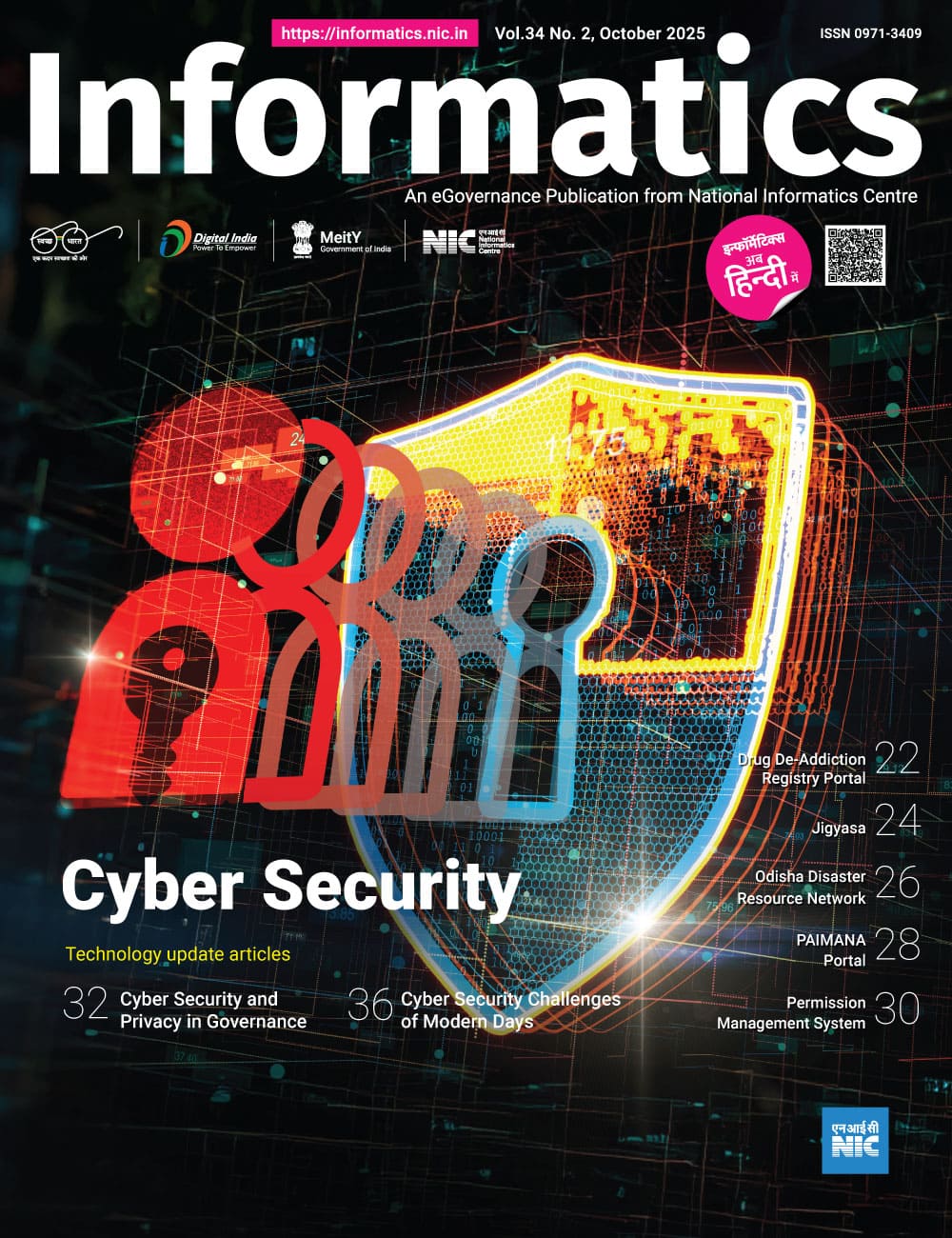
 Flipbook
Flipbook PDF (5.0 MB)
PDF (5.0 MB)
